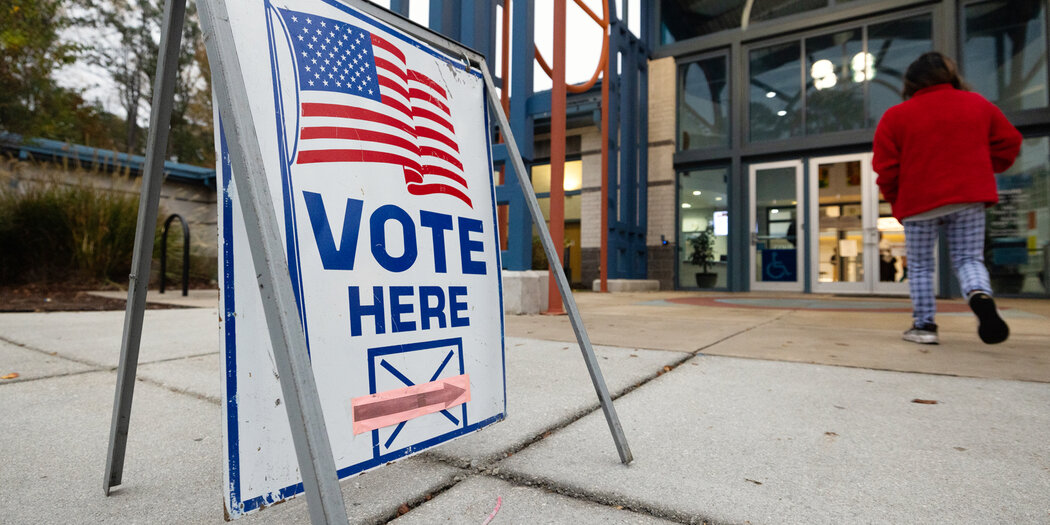Understanding the Growing Racial Turnout Gap in Georgia’s Elections
The racial turnout gap in the United States has expanded significantly over the last 15 years, with restrictive state voting policies playing a substantial role. Georgia’s Senate Bill 202 and the Supreme Court’s 2013 decision in Shelby County v. Holder have been pivotal in this shift, weakening protections against racially discriminatory voting rules. Additionally, systemic factors like campaign finance laws, the Electoral College, and gerrymandered maps contribute to the underrepresentation of people of color, discouraging their political participation.
While further analysis will require national voter data and extensive postelection surveys, Georgia’s recent election results offer an early glimpse into these trends. The state has released its voter history file, revealing concerning patterns about racial turnout. Notably, the gap between white and Black voters’ turnout in Georgia increased by 3 percentage points from 2020 to 2024, mirroring changes seen between 2016 and 2020. However, the dynamics differ; this time, white voter turnout rose, while Black turnout slightly declined.
In terms of numbers, white voter participation increased from 3.16 million to 3.3 million, and Black voter participation grew from 1.44 million to 1.52 million. However, this growth did not match the population increase. If Black Georgians had voted at the same rate as their white counterparts, they would have cast an additional 400,000 ballots, a figure significantly exceeding President-elect Trump’s victory margin of roughly 115,000 votes.
The diverging turnout rates between white and Black voters raise questions about the electorate’s composition. Did previous voters abstain this year, or did fewer new voters emerge? Analyzing voter file records from 2016, 2020, and 2024 provides insights. Among Black men under 50 who voted in 2020, only 71 percent returned to the polls in 2024, compared to 81 percent of white men under 50. This drop-off rate for Black men is higher than in previous years, while white men showed a lesser decline.
This trend is particularly evident among younger men, with a notable 3.4 percentage point decrease in turnout among younger Black men. Meanwhile, turnout increased for white men and women across age groups. The number of new younger Black male voters fell by 27 percent, compared to a 17 percent decline for their white counterparts. Conversely, the decrease in new younger Black female voters was 11 percent, less than the 15 percent drop among younger white women.
Understanding why turnout among younger Black voters in Georgia declined is crucial. Factors such as restrictive voting policies, disillusionment with government responsiveness, or other influences could be at play. It is important to recognize that when turnout declines among specific groups, individual explanations are insufficient. The broader political environment must be examined to understand why electoral participation is not perceived as worthwhile.
The widening racial turnout gap highlights the need to address the underrepresentation of voices of color in elections, as this trend runs counter to the aspirations of a multiracial democracy.
Methodological Note
Calculating turnout rates involves dividing the number of ballots cast by a racial group by the five-year citizen voting-age population (CVAP) estimates from the Census Bureau’s American Community Survey (ACS). Since the CVAP data lags by a few years, projections were made using compound annual growth rates. Estimating turnout rates within subgroups, such as Black men under 50, required additional steps using ACS’s Public Use Microdata Sample (PUMS) to decompose the CVAP data based on age, gender, and race.






